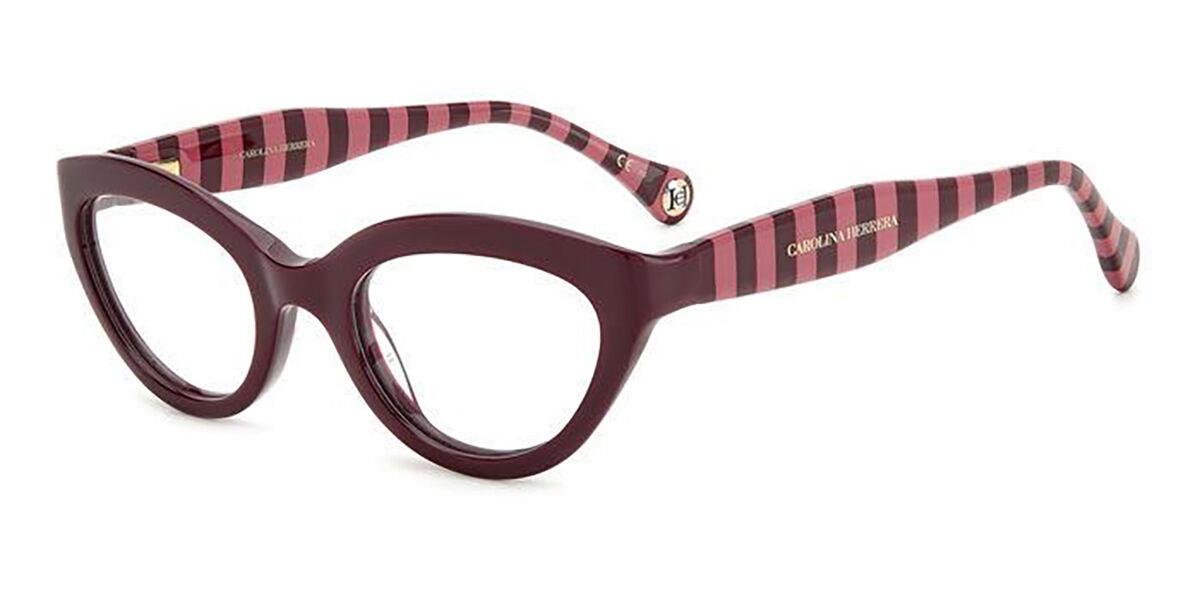The world of eyewear has undergone a fascinating evolution, with modern frame design for glasses reflecting not only advancements in technology but also changing fashion trends and cultural shifts. From humble beginnings to becoming iconic style statements, let’s take a journey through the history of modern frame design and witness the transformation of eyeglasses into more than just vision correction devices.
- Early Frames: Functional and Minimalistic
The earliest known frames date back to the 13th century, where simple riveted designs held lenses for reading purposes. Crafted from materials like bone, wood, or metal, these frames were rudimentary yet functional. Over the centuries, the primary focus was on utility rather than aesthetics. - The Birth of Fashion: 18th and 19th Centuries
As eyeglasses became more widespread, especially among the elite, frame design started incorporating elements of fashion. The 18th century saw the introduction of side shields, and the 19th century witnessed the rise of gold and silver frames adorned with intricate details. Glasses transitioned from being purely utilitarian to becoming a fashion accessory. - The Rise of Rimless Frames: Late 19th to Early 20th Century
The late 19th century brought about a shift towards rimless frames, emphasizing a more discreet and lightweight design. This departure from heavy, ornate frames was influenced by changing notions of elegance and a desire for simplicity. - Browline and Cat-Eye Frames: 1950s and 1960s
The mid-20th century saw the emergence of iconic frame styles that would define an era. Browline frames, characterized by bold upper frames that mimicked eyebrows, became synonymous with intellectual sophistication. Simultaneously, cat-eye frames gained popularity, offering a playful and feminine aesthetic. - Aviators and Oversized Frames: 1970s and 1980s
The 1970s brought about a love for oversized frames, with celebrities embracing bold, large eyeglasses. Aviator-style frames, initially designed for pilots in the 1930s, experienced a resurgence in popularity during this period, symbolizing a blend of style and functionality. - Minimalism and Titanium Frames: Late 20th Century to Present
In the late 20th century, a trend towards minimalism emerged, with thin metal frames and rimless designs gaining favor. Titanium frames, known for their durability and lightweight properties, became a popular choice, combining functionality with a sleek aesthetic. - Contemporary Trends: Materials and Technology
Modern frame design is characterized by a diverse range of materials, including acetate, plastic, and innovative alloys. Advancements in technology have allowed for laser-cut precision, 3D printing, and other techniques that push the boundaries of design possibilities. - Customization and Individual Expression
Today, eyeglass wearers have the luxury of choosing from an array of styles that cater to individual tastes. Customization options, unique shapes, and a fusion of materials allow wearers to express their personality through their eyewear choices.
Conclusion:
The history of modern frame design for glasses is a testament to the ever-changing interplay of functionality, fashion, and cultural influences. From the utilitarian beginnings of eyeglasses to the diverse and customizable options available today, eyewear has evolved into a dynamic accessory that not only corrects vision but also serves as a powerful means of self-expression. As we look ahead, it’s exciting to anticipate how future innovations will continue to shape the landscape of eyeglass design.
